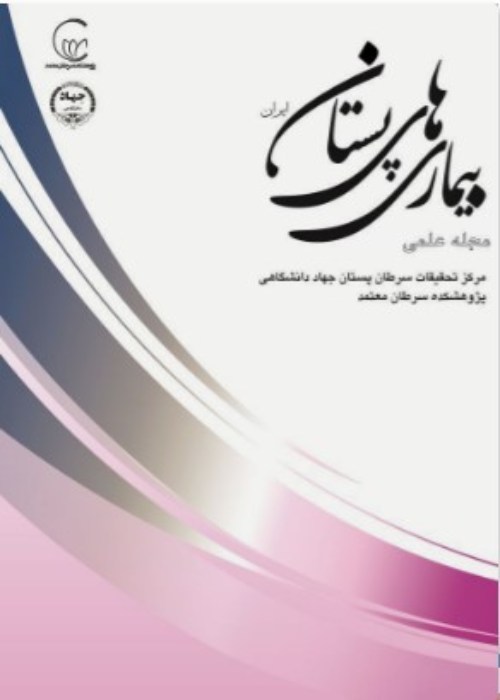Evaluation of Receptor Conversion and HER2 Discordance between Primary and Metastatic Breast Cancer and Predictive factors
Breast cancer, with an approximate prevalence of 25.1%, is the most common malignancy and the leading cause of cancer death in women. The presence of estrogen receptors (ER), progesterone receptors (PR), HER2, Ki67, and disease stage are the most important factors determining a patient’s treatment plan. The majority of treatment decisions are currently determined primarily based on the state of the primary tumor receptors and the patient’s functional status (according to Karnofsky Performance Status (KPS) criteria). However, changes in the status of hormone receptors at the site of metastasis have been observed with a high frequency in metastatic breast cancer; this study aimed to investigate the rate of receptor conversion and its impact on survival outcomes.
The records of patients diagnosed with metastatic breast cancer who had been treated between 2013 and 2018 at the Cancer Institute, Imam Khomeini Hospital, were retrieved. Demographic and clinical information of patients and the prevalence of receptors in primary and metastatic masses were collected and analyzed using appropriate statistical tests.
Of the 150 women with breast cancer, 31 (20.66%) had changes in ER, with 13 (41.93%) patients having a positive alteration and 18 (58.7%)having a negative change in metastatic compared with primary tumors. In 41 patients (27.33%) PR conversion had occurred, with gain of expression in 19 patients (46.34%) and loss of expression in 22 patients (53.66%). Finally, discordance in HER2 expression was observed in 23 cases (15.33%), of whom 12 (52.17%) showed positive conversion, while 11 patients (47.83%) had a negative conversion. The conversion of hormone receptors was mostly negative, whereas the change in HER2 was mostly positive. Receptor discordance was significantly higher in patients who had lymphovascular invasion compared with those who did not have lymphovascular invasion (P = 0.023). No significant relationship was observed between receptor conversion and the stage of the disease or the age of the patients.
To determine which patients would benefit most from a biopsy of the metastatic tumor, more studies on receptor discordance between primary and metastatic breast cancer, and predictive factors, particularly lymphovascular invasion, are required. It is suggested, up until further research, that patients with lymphovascular invasion are good candidates for re-evaluation of hormone receptor status in metastatic lesions.
- حق عضویت دریافتی صرف حمایت از نشریات عضو و نگهداری، تکمیل و توسعه مگیران میشود.
- پرداخت حق اشتراک و دانلود مقالات اجازه بازنشر آن در سایر رسانههای چاپی و دیجیتال را به کاربر نمیدهد.


